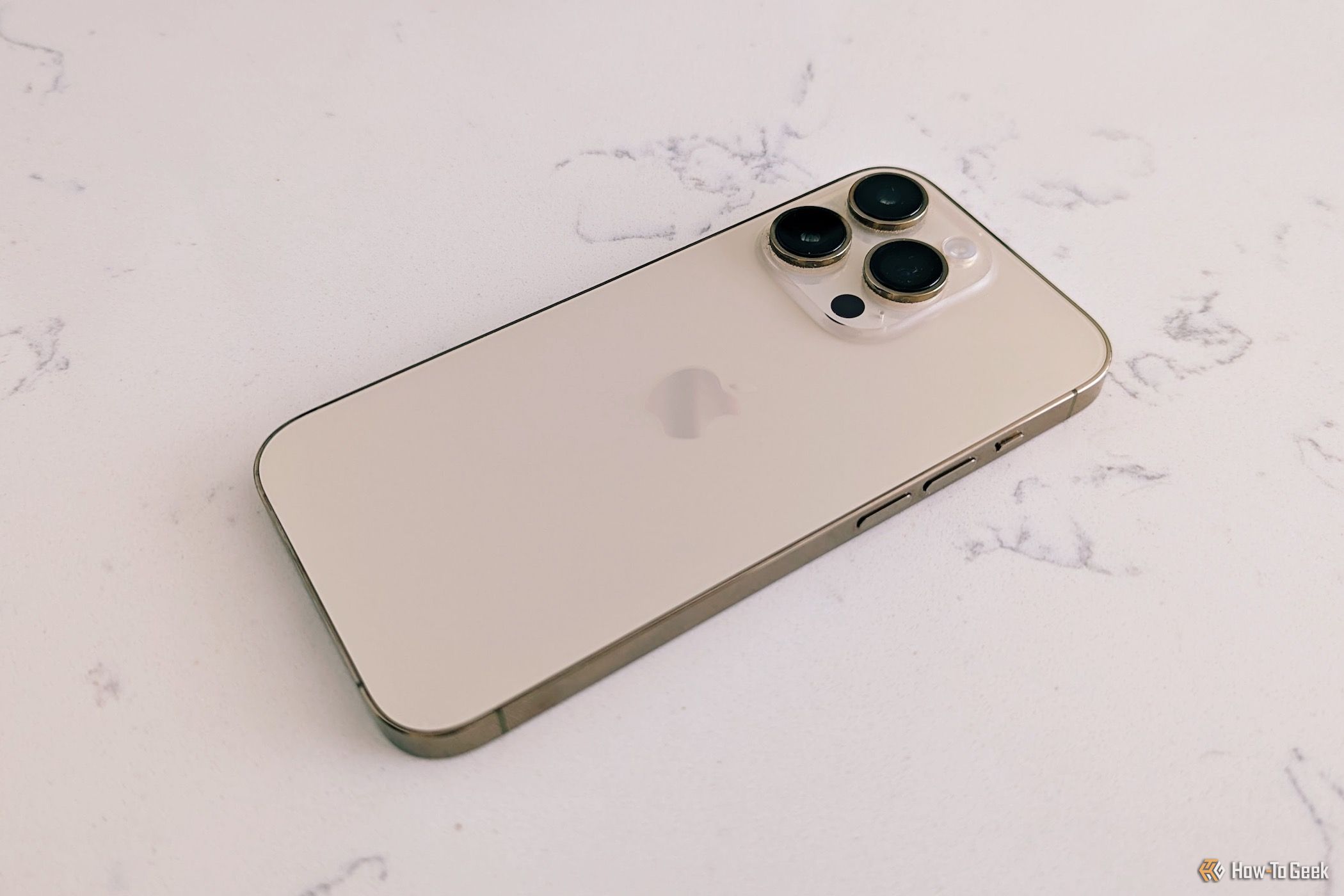Key Takeaways
- Starlink enables any phone to connect directly to satellites for basic communication.
- Service is still experimental, allowing only text-based communication for now.
- Starlink’s ability to turn any phone into a satellite phone may make Apple’s satellite feature obsolete.
When I got my iPhone 14 Pro, I was perhaps most impressed by the fact that this device could double as a rudimentary satellite phone. So if I ever get stranded somewhere, I can get help. The downside is that you have to have the right model of iPhone, or hope at least that someone in your group does. Starlink’s direct-to-phone technology changes that and more.
Starlink Lets Regular Phones Connect to Satellites
Some of Starlink’s satellites are equipped with special modems that are capable of communicating directly with current smartphones. You don’t need a special phone or a specific model. It’s essentially a cellphone tower in space, and from your phone’s point of view, it’s no different from any other phone tower.
For now, only a subset of Starlink satellites have this feature, and not everyone is thrilled about it. Astronomers have already raised concerns about how the regular Starlink satellites get in the way of their observations, but apparently these direct-to-phone models are five times brighter. Scientific and environmental issues aside, for now, this part of the network isn’t nearly as extensive as the broadband service.
It’s Flaky and Basic, for Now
Probably because the network is not yet robust, this is still an experimental service and so it’s not reliable. It only came to public attention thanks to the FCC giving Starlink permission to offer this service for free to T-Mobile subscribers in hurricane zones. However, at best you can send a text message, or get text-based alerts and information.
That’s not to underplay how important and revolutionary this is. In an emergency situation, getting a text out can mean the difference between life and death. Likewise, getting important information from the authorities can also be a critical turning point in a survival context.
This Makes the iPhone Satellite Function Obsolete
I can’t knock Apple’s attempt to put satellite functionality into their iPhones using existing satellite phone infrastructure. After all, if you don’t control the satellites, then your only real option is to modify a standard phone until it can get in contact with objects in orbit. That Apple was able to do this to a standard iPhone without changing its size or shape, is amazing.
Of course, it’s not a perfect feature and can be tricky to use correctly but, again, as an emergency feature, it’s an incredible option. The thing is, SpaceX does control the satellite network, and since they can turn any phone into a satellite phone, I think it puts into question whether Apple should even bother including this feature in future iPhones once Starlink’s direct-to-phone infrastructure is mature.
This Is a Big Deal in So Many Ways
In the long term, Starlink plans to offer full phone services for voice. However, even if this never goes beyond texting, just imagine the impact. If there are survivors of a shipwreck, or a plane crash, we’d know exactly where they are, because phones could send their GPS positions over satellite. In countries where the government censors the internet, or turns off communications when it doesn’t want the world to know what’s going on within its borders, anyone with a normal phone can get around that and keep the globe in the loop.
A truly global cellphone network is something that I never even thought of, but now that the technology is actually orbiting in the sky above us, I feel like it’s a quiet revolution waiting in the wings.

